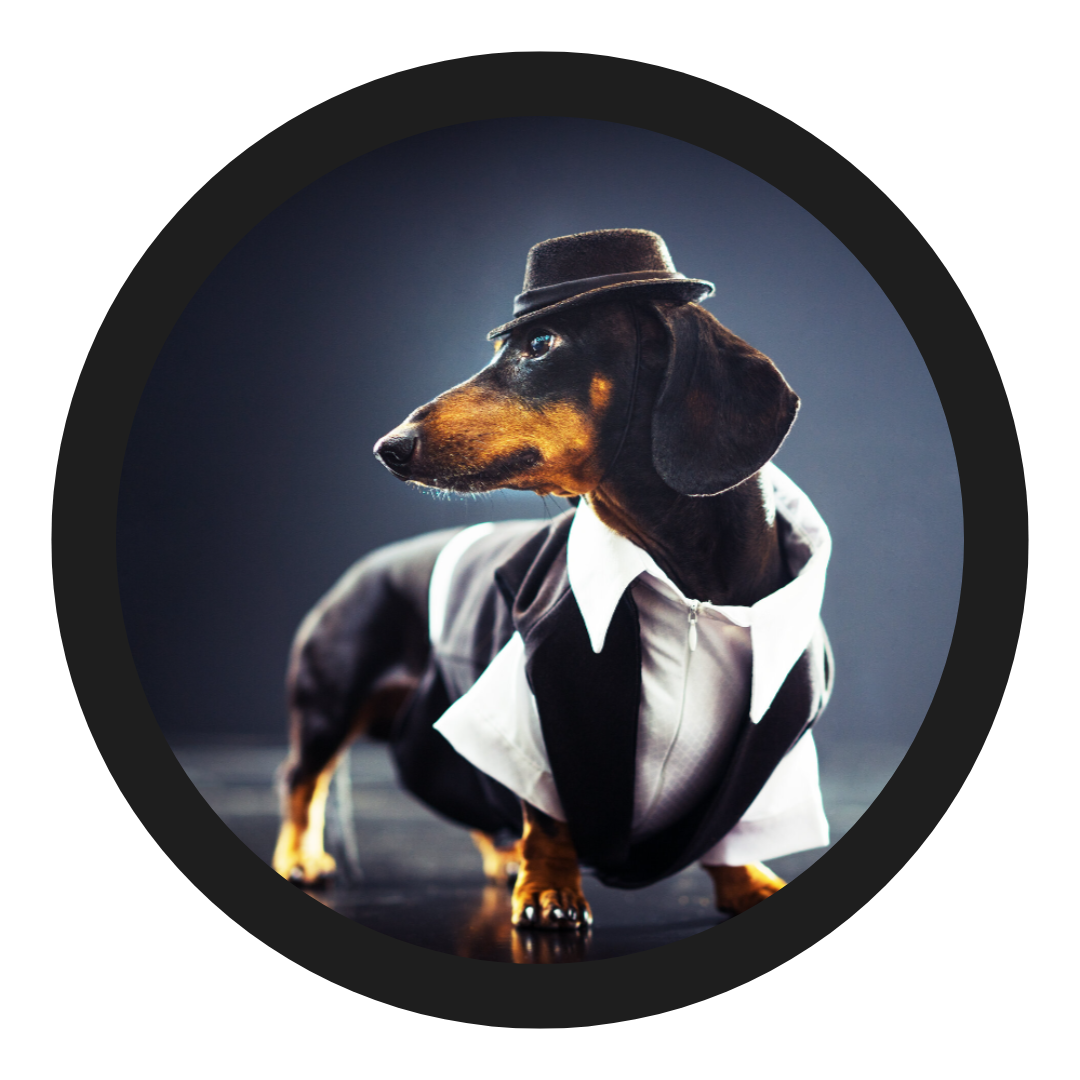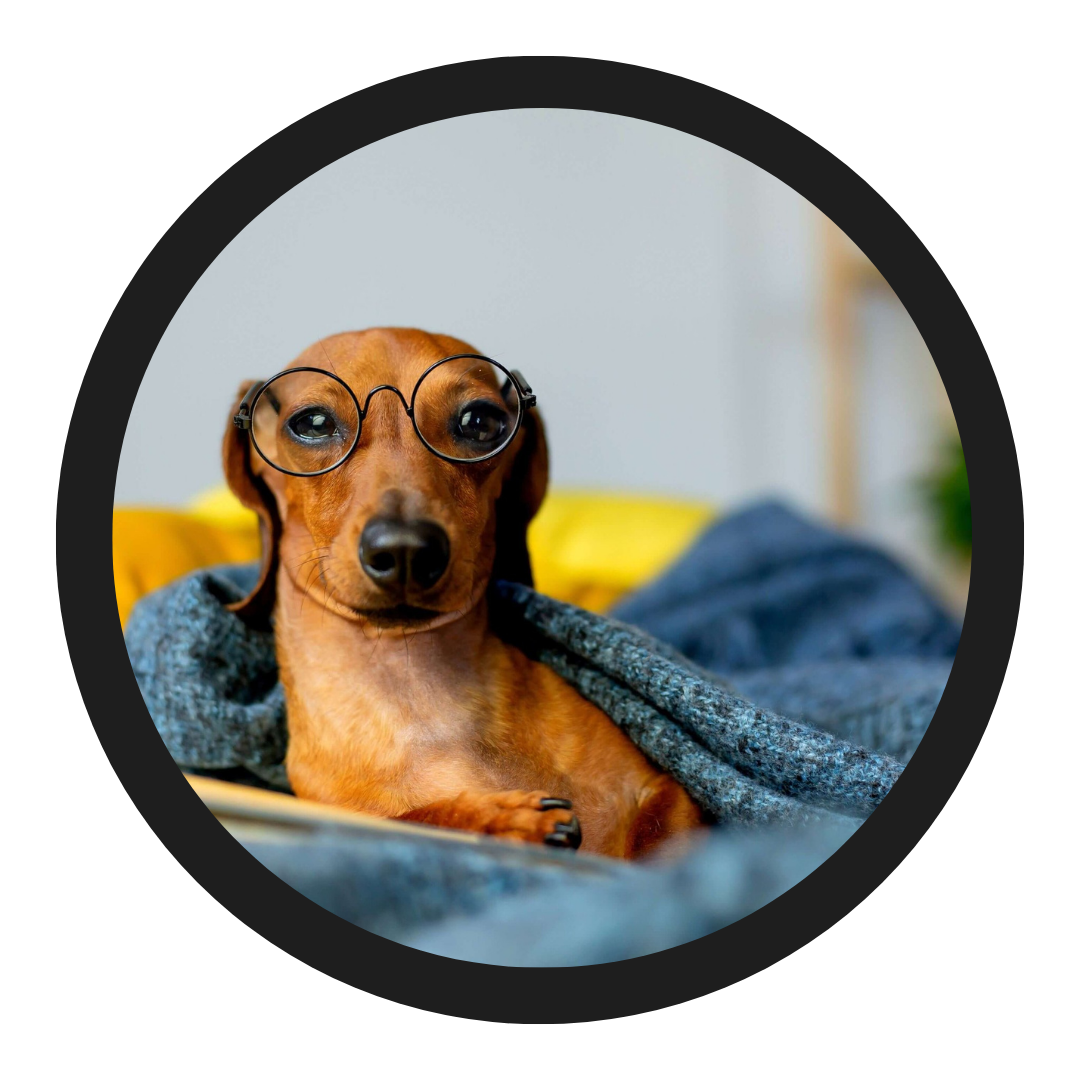
ADVANCED TECHNIQUES
Scissoring Techniques for Success!
BEVELLED vs CONVEX EDGES
· Bevelled edges are usually more forgiving, better for dirty coats, the new groomer or coats that don't need that 'super plush finish'.
· Bevelled shears are usually sharpened without taking the shear apart, and can be sharpened and finished on a machine.
· The edge of a bevelled shear is "flatter" at the cutting surface than a convex shear and thus less delicate.
· The convex edge is very pointed or thin at the cutting edge. This makes the convex edge more delicate and it does make the finish of the trim look very plush when in the hands of a good groomer.
· Convex shears need to be sharpened by hand, which makes them more expensive to both make and sharpen.
· Convex edged shears MAY dull quicker if used on dirty coats.
· Convex edge shears are not as forgiving if dropped or stepped on and should only be sharpened by the best!
· I have had scissors be sharpened incorrectly, where my convex shear were no longer convex
· If any of your shears are dropped or stepped on:
1. close the shear VERY gently
2. Press the blades together and open slowly
3. Repeat process several times
4. Try then closing normally and see if you feel a "burr" on the shear.
5. If you do, send away ASAP to be repaired
The Basics - How to hold your Scissors (or shears) correctly
The Best Scissoring Results start with the Best Combing!
HOW TO PROPERLY HOLD SCISSORS
Your ring finger is the finger that goes through the finger hole. This gives more control of the shear and less hand fatigue. Offset handles are a personal choice. Some people feel they can get a more dynamic look as their hand is out of the way. Tension adjustment - this was only available on very high end shears originally, but today is quite common. To me it is almost essential, as they are so widely available now.
How to Move your Body to Get the Best Results
The Many Ways to use Curved Scissors
DIFFERENT SCISSOR TYPES
Traditionally, thinners had BOTH sides with notched blades, and blenders were shears with one straight blade that cut and one notched blade that cut. Today, generally MOST shears with one notched blade are considered thinners and shears with both sides notched would be called double-sided thinners. Blenders are another term for thinning shear that has one notched blade and one straight blade.
Double-sided thinners take out less hair, they are good for the less aggressive groomer, the new groomer, dogs with thin coat and dogs that need a natural look.
Blenders are good for faster grooming and good for the "barber shop" technique, where we use a comb to finish taking longer outer coat down and blending. Fishtails (some call Texturizers or Chunkers) are ALMOST a full bladed shear. The ‘T’ shaped teeth allow hair to be pushed away from the cutting blade, giving a much softer and natural finish. You can use fishtails on legs, underlines, ears and head, as well as for finishing Poodle-type coats. Great for PWD as well!
Chunkers / Fishtails are so versatile and can be excellent to help remove scissor marks from difficult coats and give an amazing finish to other trims. The more teeth the Fishtail has the finer a finish it will give Remember that the amount of teeth a Fishtail has compared to the length of the shear is VERY important, i.e. a 48 tooth Fishtail in a 6 inch shear is a finer shear than a 48 tooth Fishtail in a 7.5 inch shear. I generally do not like a Fishtail or thinner/blender more than 7.5 inches long.
Straight and curved shears are pretty self explanatory. Curved shears can have a variety of degree of curve to them. Curved shears are fairly new to the grooming industry Straight shears can (and some people think should) be used everywhere. Curved Shears can make some jobs much easier!
For shears in general, I like a longer blade on bigger dogs and a shorter blade on a smaller dog. I also like a heavier blade when roughing out a trim (such as putting a Poodle from puppy to continental) as the blade weight helps you get through the coat better.
Using a Thinning Shear on a Smooth Coated Dog
Blenders, Chunkers, Thinning Shears - When and How to use each of these Shear Types
How to use a Straight Shear and a Thinning Shear to Achieve a more Natural Look
What a ‘Finish’ is, and how to Achieve it with Straight Shears and a Blender
SCISSOR MAINTENANCE
· All scissors should be cleaned after each use or at the end of the day.
· Scissors should be disinfected and wiped down with a soft cloth to remove debris that can cause damage in the mechanism and dull the blades
· Always store shears closed and in a case
· Oiling shears with one or two drops of oil is a great way to keep them in good condition








